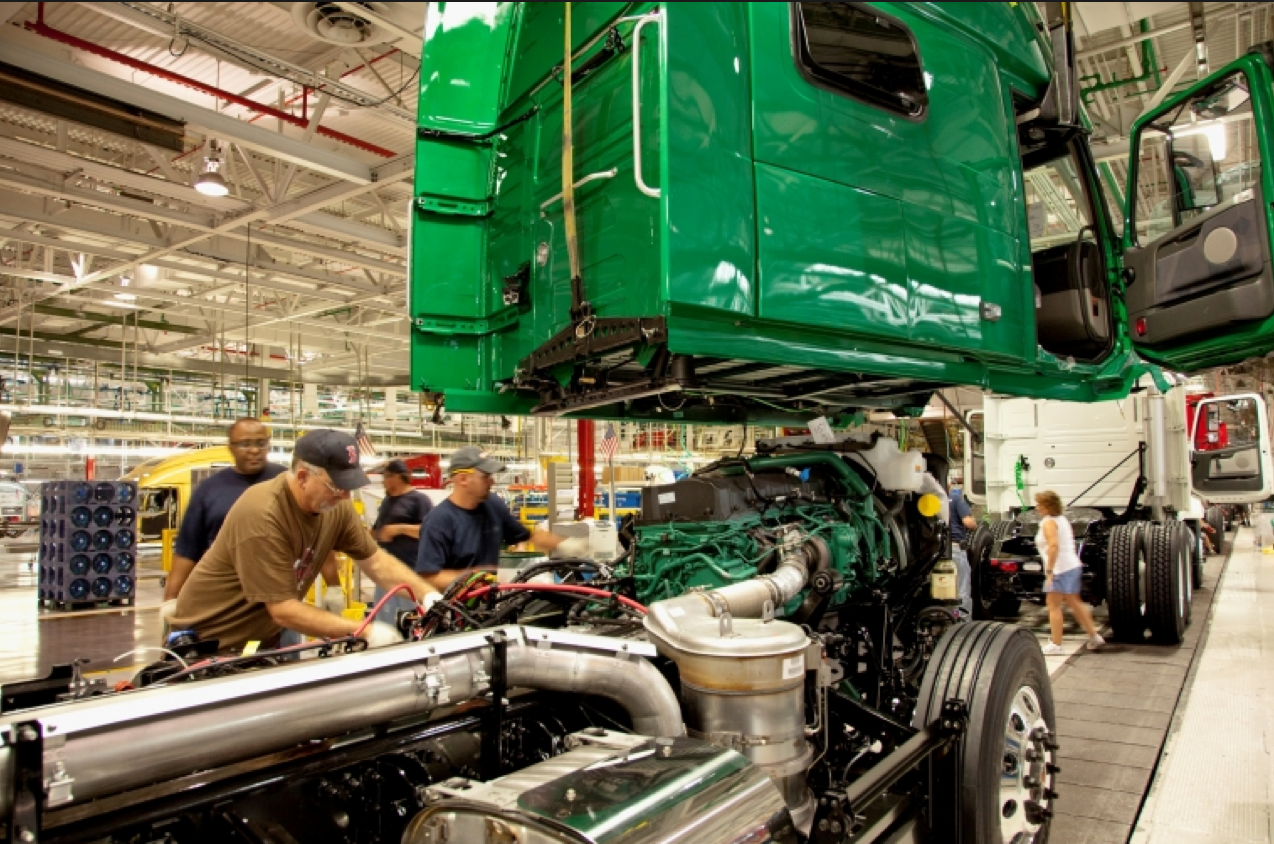Commercial Vehicle Market Reshapes Due to Telematics, Fuel Costs and Alliances
New research shows that the global commercial vehicle industry, notably medium- and heavy-duty trucking, is on the cusp of a historic transformation — one in which there is a distinctive shift in focus from products to services.
The research finds that the global MD-HD truck demand is expected to grow by 2.4 percent in 2016, driving sales towards 2.68 million units.
The authors, Frost & Sullivan, noted: “Over the last two years, there has been a constant stream of innovations in connectivity and telematics. This trend, along with the entry of mobile-based freight brokering, original equipment manufacturers’ (OEMs’) focus shift on autonomous driving and rising demand for services such as prognostics, points to services becoming the core of new business models.”
“Although the global MD-HD truck industry is learning to adapt to the internal flux, it is experiencing strong headwinds from the unstable economic and political environments in key markets such as China, South America and Russia,” said the company’s Global VP, Sandeep Kar. “In a departure from the norm, the Chinese MD-HD industry is likely to witness a 3.2 percent decline in sales. This could have several ramifications not only for China, but the global market as a whole due to the investments made by many international Tier-1 and Tier-2 OEMs in the country.”
Despite disruption in the global market, industry consolidation and M&A recalibrations will continue unabated through 2016. In 2015, Daimler retained its position as the global leader among all OEMs in the MD-HD truck market. Volvo, on the other hand, was thwarted in its bid to capture the top spot due to its stakes in declining markets such as China and Latin America. However, both these OEMs have made remarkable progress in the rapidly growing market for value trucks.
Yet another indication of change sweeping through the MD-HD truck industry is fuel’s displacement as a main market influencer. Despite the continuing fuel price volatility, diesel engines are expected to account for 93 percent of all MD-HD trucks sold in 2016. In due course, fuel’s contribution to the total cost of ownership will decline with the parallel rise in the costs of driver-related components.
Furthermore, OEMs will intensify their focus on health, wellness and wellbeing technologies for drivers in an attempt to stand out from competitors. As a result, this will attract several companies from the medical technologies industry toward the trucking industry, thus creating appealing synergies. More can be found here.
visit: http://bit.ly/1RP5NCL
Category: Featured











